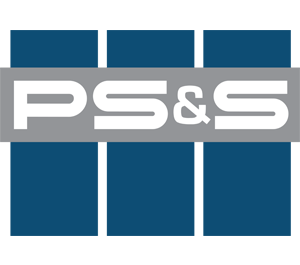DLEACS - PROPERTY CONDITIONS ASSESSMENT
LOCATION: JERSEY CITY, NJ
CLIENT: DR. LENA EDWARDS ACADEMIC CHARTER SCHOOL
MARKET SECTOR: EDUCATION
SIZE: 77,300 SF



THE OPPORTUNITY
Dr. Lena Edwards Academic Charter School (DLEACS) needed assistance in evaluating
the current physical conditions of their 1.45 acre, 3-building campus in Jersey City, New
Jersey. Services were required to generate a summary report of the property conditions
to identify and prioritize areas requiring repair or improvement to guide future projects and
capital improvements.
DLEACS’s mission is to ensure educational excellence and character development for all
of its 393 students in grades K through 8, cultivating both learning and empathy. DLEACS
shares its building with the Trinity Child Care Center that houses an additional 82 early
learners. Trinity was included in the scope of this assessment.
THE CHALLENGE
DLEACS needed the evaluation of a combined 77,300 sf of building area conducted during the summer break. The Main Building (1901), 58,660 sf, comprised of classrooms and a 658-seat theater in a 3-story structure; The Maher Learning Center (1909, renovated in 2011), 11,100 sf, comprised of classrooms and administrative offices; and the Maher Community Center (1949), 7,500 sf, comprised of a gymnasium and support spaces. In addition, the available documentation was limited to hardcopy format.
THE PS&S SOLUTION
PS&S started the project by meeting with the CEO, Assistant Business Administrator, and Facilities Superintendent to discuss the assessment process and the general conditions of the site and each property. PS&S conducted several site surveys to perform visual observations to evaluate the property from an architectural, structural, mechanical, electrical, and plumbing standpoint. Based upon the information gathered, we prepared a comprehensive report summarizing the conditions and deficiencies categorized into code compliance, health & safety, facility improvements, site improvements, energy efficiency, barrier-free/accessibility, and suggested testing/analysis. These deficiencies were then prioritized, with DLEACS input, to identify short-, mid-, or long-term items. Rough order of magnitude pricing was provided for each observed condition and these costs were further broken down by building, priority, and discipline, and projected forward for the next 10 years. The final report included summaries by discipline, narrative descriptions of the observed conditions, and photographic documentation.
